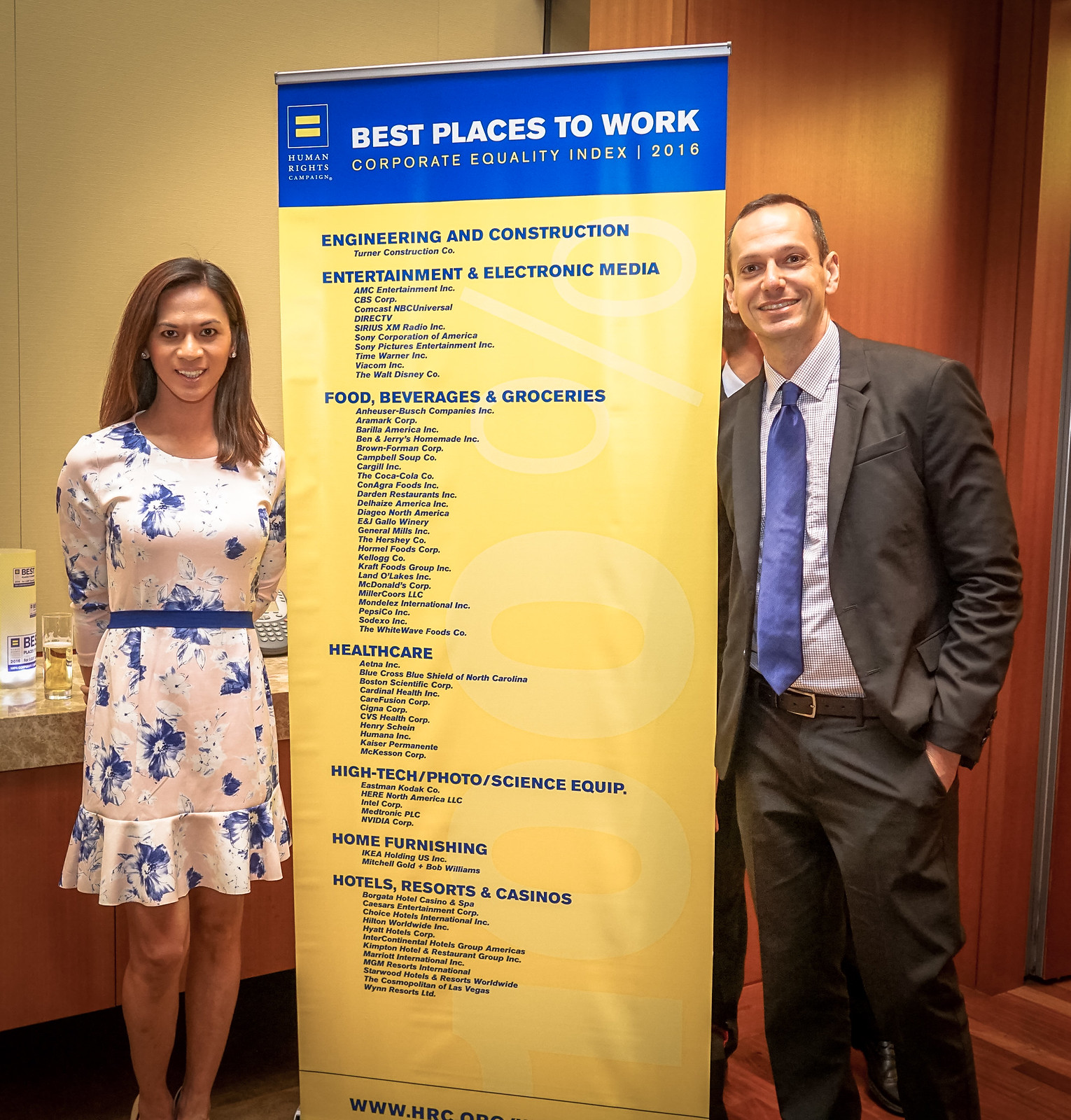
I recently finished Sheryl Sandberg’s book Lean In: Women, Work, and the Will to Lead![]() (I know, 3 years behind the rest of society, posting on that later), at the same time I participated in a historic (in my opinion) creation of Workplace Guidelines Pertaining to Transgender and Gender Non-conforming Employees.
(I know, 3 years behind the rest of society, posting on that later), at the same time I participated in a historic (in my opinion) creation of Workplace Guidelines Pertaining to Transgender and Gender Non-conforming Employees.
I had these thoughts as I was given an opportunity to co-lead (with an excellent leader who happens to be a woman) an introduction to this topic:
- Everyone here was made in the 20th Century
- By definition, today’s health care workforce was born in the 20th Century. The overwhelming majority of us were educated in the 20th Century, which is where much of gender expression was imposed on society:
- When Did Girls Start Wearing Pink? | Arts & Culture | Smithsonian – @SmithsonianMag
For example, a June 1918 article from the trade publication Earnshaw’s Infants’ Department said, “The generally accepted rule is pink for the boys, and blue for the girls. The reason is that pink, being a more decided and stronger color, is more suitable for the boy, while blue, which is more delicate and dainty, is prettier for the girl.”
- Fashions: Baby’s Clothes – TIME | Where to buy pink clothes for boys, 1927 – Gender Mystique

- BBC – Future – The ‘pink vs blue’ gender myth
Various studies have looked at colour preferences in different age groups. In the US most have found that babies and toddlers, whether male or female, are attracted to primary colours such as red and blue.
- Medical science is also a conspirator here. With the advent of amniocentesis in the 1980s, and with it, the ability to know a child’s sex at birth, the marketing of imposed gender expression became even more aggressive.
- The majority of the workforce being “made” in the 20th Century of course is changing rapidly, which is going to contribute to all of the above being an even more distant memory. Since it’s not based on science, it won’t be missed by this physician.
- Now that we know that much of what we were taught was arbitrary and not based on science, it’s up to us to unlearn and relearn.
- This quote really helps with that.
Notice your defensiveness and accept the discomfort of unlearning and relearning. To be competent in this arena is the same as learning to be competent in anything else. It requires a desire to know, motivation to become informed, opportunities to practice and the willingness to correct your mistakes.
To say we don’t have biases is to deny our humanity. We all have to practice the desire to learn, with humility. In experience this can be very difficult for people (I’ll be writing more on this, known as the “illusion of objectivity”). Sheryl Sandberg, in her book, has had similar experiences to mine:
My own attempts to point out gender bias have generated more than my fair share of eye rolling from others. At best, people are open to scrutinizing themselves and considering their blind spots; at worst, they become defensive and angry.
Sandberg, Sheryl (2013-03-11). Lean In: Women, Work, and the Will to Lead (Kindle Locations 2287-2289). Knopf Doubleday Publishing Group. Kindle Edition.
- This quote really helps with that.
- As we implement the future, we should be aware of its impact.
- Creating an environment that’s open to everyone versus one where people are helped to “fit in” places an employer squarely in the group of the most elite employers to work for, internationally. I am proud to be a part of one of the 407 best places to work in the United States, with a 100% rating on the Human Rights Campaign Corporate Equality Index.
- I can’t even count the number of times our work in this space has created more opportunity for thought partnership and mindshare around health in general. Not LGBTQ health, all health, total health. I personally know people who have joined our health system because of the knowledge that we respect this population, whether or not they are a member of it. The same goes for other nationally important stakeholders I have worked with – they are drawn to people and organizations that respect every human, in all work related to health.
- Changing our world to help it learn to love better is the continuation of what a nurse or doctor hopes to become when they begin their training. It’s an incredible leadership opportunity to be part of these professions when we become who we are.
Speaking of leadership opportunities. I encounter them every day, sometimes unexpectedly, and they are awesome.
